Insect & Pests
All Insect & Pests Content
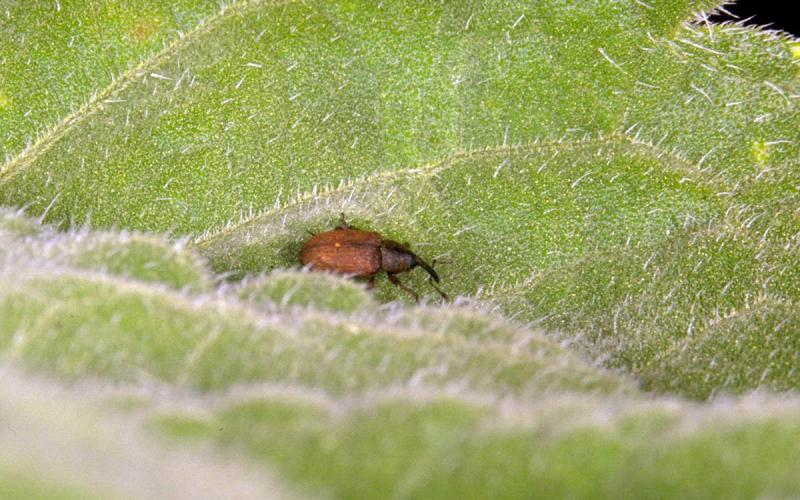
Malathion receives special local needs approval to treat red sunflower seed weevils in South Dakota from July 15 to August 31, 2025
The request was submitted and approved by the Environmental Protection Agency due to the large populations of red sunflower seed weevil present in South Dakota that are resistant to pyrethroid insecticides.
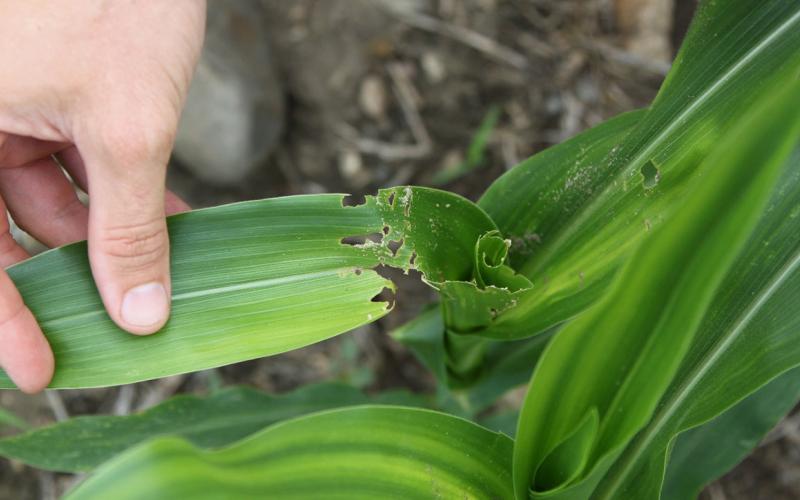
Start Scouting for Common Stalk Borer Activity
Enough degree days have accumulated in some areas of South Dakota for common stalk borer caterpillars to start moving to corn end rows.
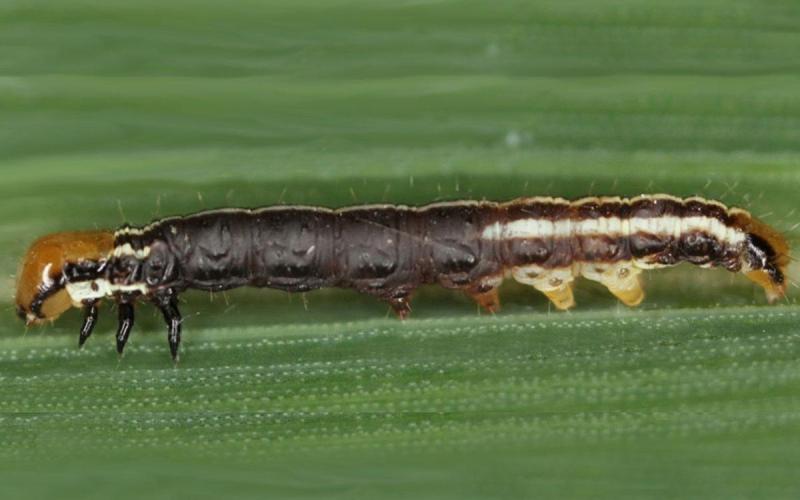
Common Stalk Borer Activity Estimate: June 5, 2025
In the southern counties of South Dakota, degree day estimates indicate that common stalk borer caterpillars are beginning to move from weedy hosts along field edges into corn fields.
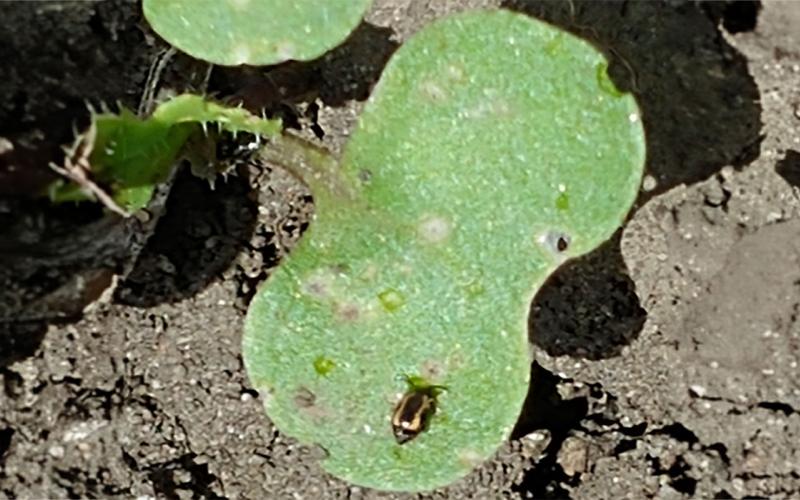
Start Scouting Canola for Flea Beetle Activity
There are three species of flea beetles that commonly infest canola and feed on the leaves. The main concern occurs early in the season when these beetles can rapidly defoliate the plants.

Dectes Stem Borer in Soybean Survey: 2023 and 2024 Results
During the 2023 and 2024 growing seasons, researchers at SDSU surveyed soybean in Eastern South Dakota for the presence of Dectes stem borer adults.
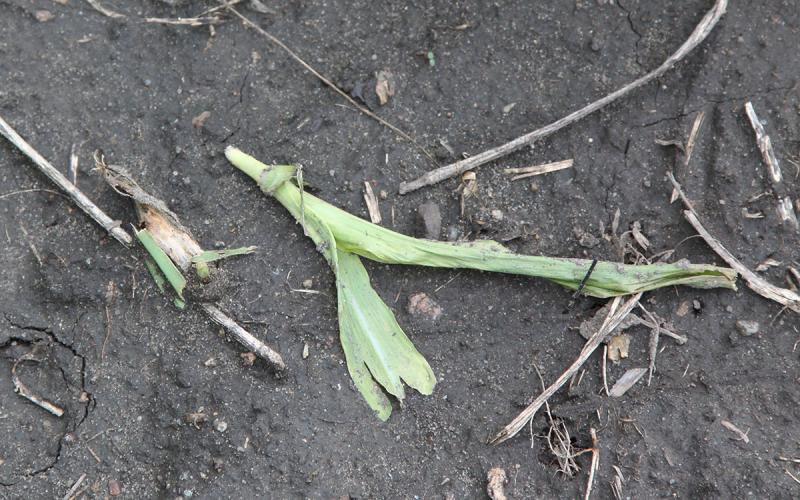
Scout Corn for Black Cutworm Activity
Black cutworms are a migratory moth that moves into South Dakota during early spring. Although black cutworm caterpillars cause minor corn injury by feeding on leaf tissue, serious injury occurs when feeding results in the cutting of young corn plants.
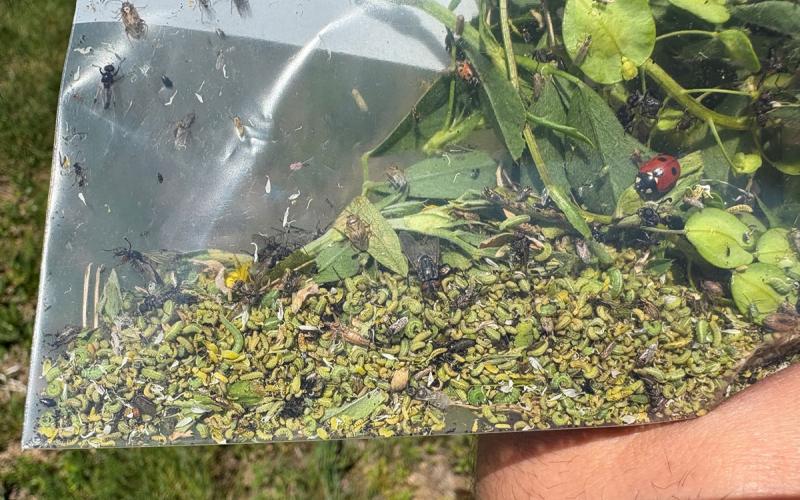
Alfalfa Weevil Populations Rapidly Increasing in Western South Dakota and Starting to Show up in Eastern South Dakota This Week
Recent degree day accumulations for alfalfa weevils in western South Dakota would suggest that alfalfa weevil larvae activity should be wrapping up for the 2025 season. However, recent scouting of alfalfa suggests otherwise.

Common Stalk Borer Activity Estimate: May 29, 2025
Based on degree day estimates for common stalk borer caterpillar activity, no scouting in corn fields is necessary at this time.
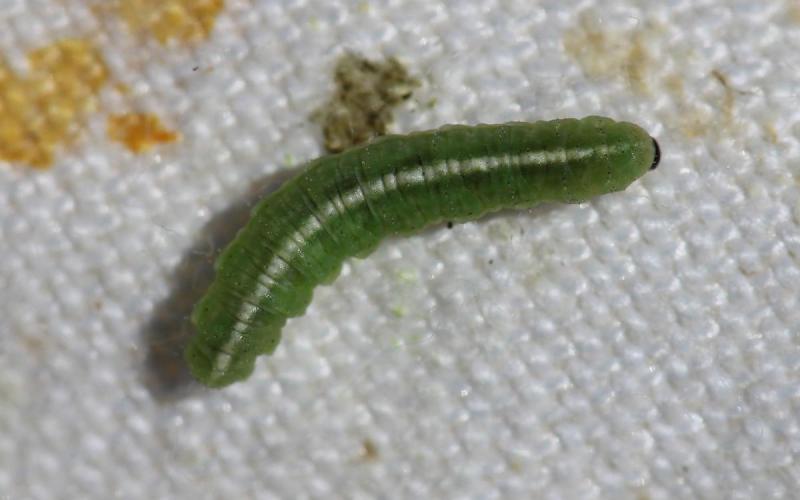
Alfalfa Weevil Activity Prediction Update: May 29, 2025
The lowest calculated degree days in South Dakota indicate that fourth instar larvae should be active, while the highest calculated degree days suggest that pupation is occurring in the field.
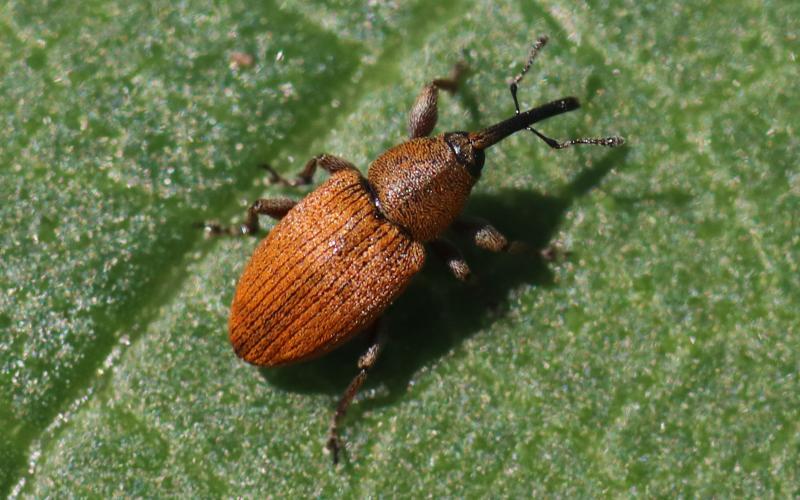
Red Sunflower Seed Weevils in South Dakota
Fact sheet on red sunflower seed weevils in South Dakota